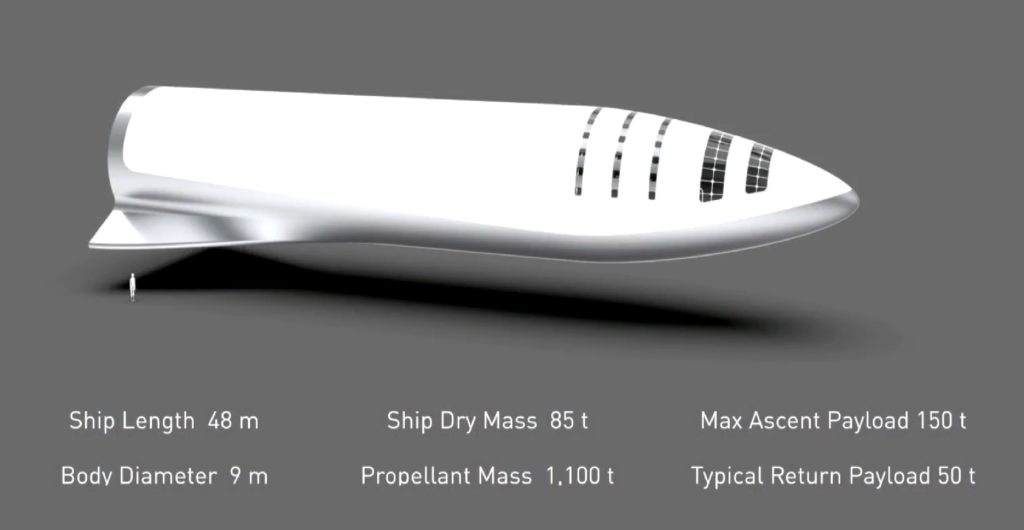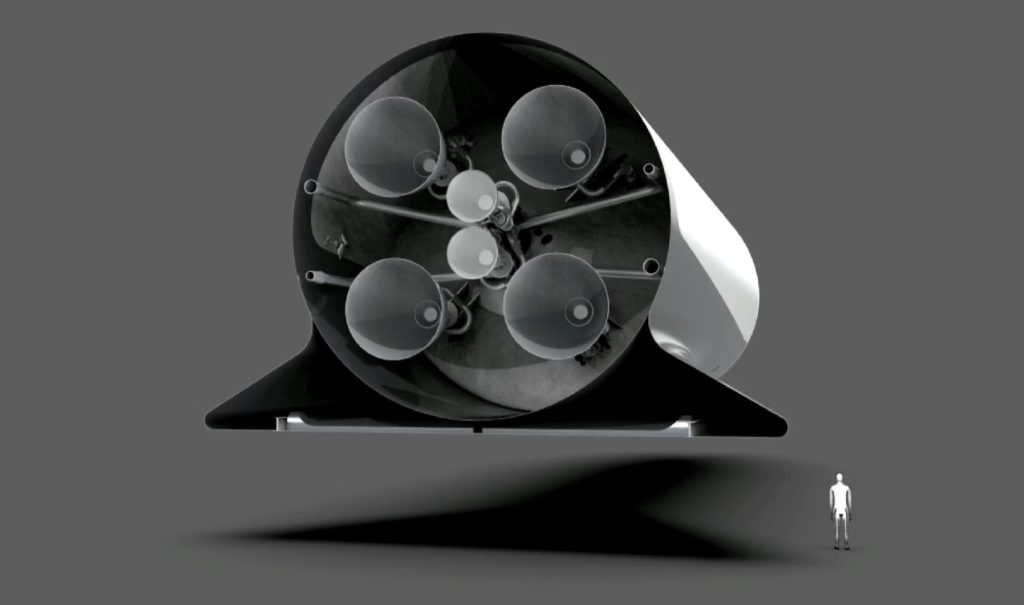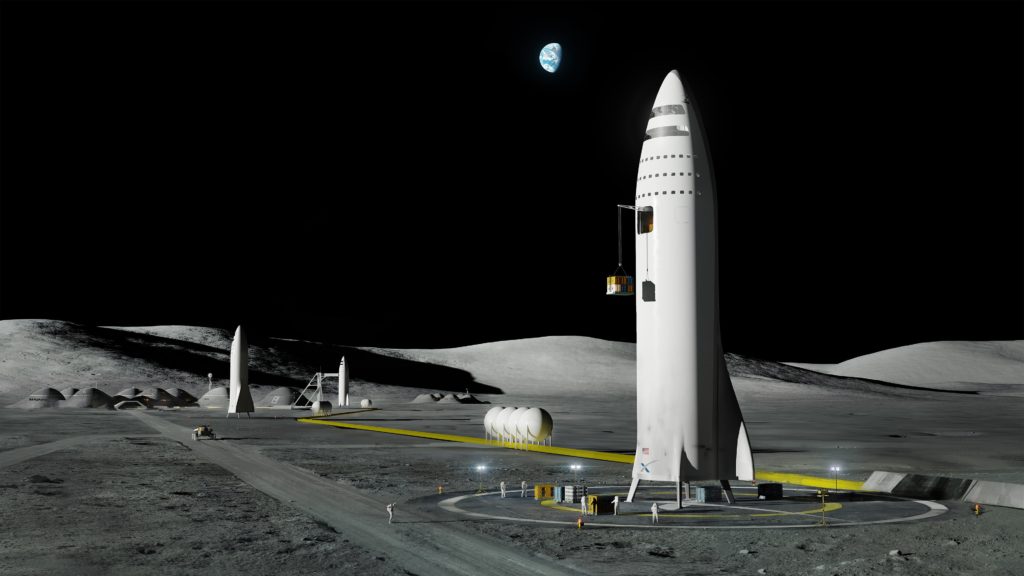
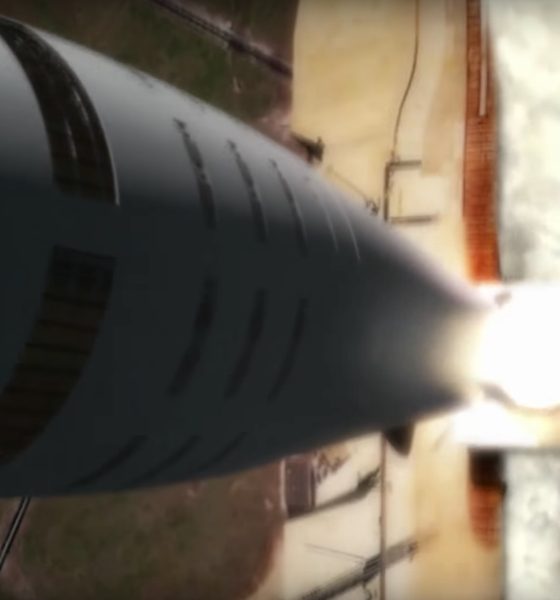
News
SpaceX will launch its Mars spaceship into orbit as early as 2020
First spaceship prototype already under construction
Speaking on a launch industry round-table at the Satellite 2018 conference, SpaceX President and COO Gwynne Shotwell revealed that the company intends to conduct the first orbital launches of BFR as early as 2020, with suborbital spaceship tests beginning in the first half of 2019.
Only six months after CEO Elon Musk first debuted the Interplanetary Transport System in Adelaide, Australia, a flood of recent comments from both executives have made it overwhelmingly clear that SpaceX intends to have its first spaceship ready for short suborbital test flights at the beginning of 2019. Considering Musk’s unprovoked acknowledgment at SXSW 2018 of his tendency towards overly optimistic timelines, the repeated affirmations of BFS test flights beginning in 2019 and now an orbital launch of the full BFR booster and ship in 2020 hold a fair deal more water than they did in 2017.

SpaceX’s subscale Raptor engine conducting a 40-second test in Texas. This engine will power both BFR and BFS. (SpaceX)
Breaking it down
These past few weeks have been filled with a number of similar statements from SpaceX executives like Shotwell, Musk, and others; all focused in part on the company’s next-generation launch vehicle, BFR (Big __ Rocket). Composed of a single massive booster and an equally massive second stage/spaceship (BFS), the rocket is meant to enable the affordable expansion of permanent human outposts on Mars and throughout the inner solar system by making good on the decades-old promise of fully reusable launch vehicles.
In order to succeed, the company will need to solve the problems that NASA and its Shuttle contractors never could.
- The relatively cylindrical BFS reduces complexity and lowers weight. (SpaceX)
- BFS (circa 2017) shows off its complement of SL and Vacuum Raptor engines. SpaceX is moving back to something similar to this. (SpaceX)
- SpaceX’s 2017 BFS (now Starship) delivers cargo to a large lunar base. (SpaceX)
To an extent, SpaceX has already matured the principles and technologies needed to reliably recover and reuse the booster stage of two-stage rockets, demonstrated by their incredible success with Falcon 9.
BFR is a whole different animal, partly owing to its massive size, huge thrust, and new propellant and tankage systems, but those problems are more technical than conceptual. SpaceX already knows how to reuse boosters, and that will apply to BFR once its several technological hurdles have been overcome. Designing and building the orbital spaceship (BFS), however, will undoubtedly be the most difficult task SpaceX has yet to take on. The safety and cost records of the only other orbital-class reusable second stage in existence, the Space Shuttle, are at least partially indicative of the difficulty of the challenges ahead of SpaceX.
In order to succeed, the company will need to solve the problems that NASA and its Shuttle contractors never could – they will need to build an orbital, crewed spaceship that can be reused with minimal refurbishment, can launch for little more than the cost of its propellant, and does so with safety and reliability comparable to the records of modern commercial airliners – perhaps the safest form of transport humans have ever created.

Space Shuttle Atlantis docked with the beginnings of the International Space Station. The Shuttle suffered several deadly failures and cost more than the expendable Saturn V moon rocket it replaced. (NASA)
Rockets do not easily lend themselves to such incredible standards of safety or reliability – airliners average a single death per 16 million flights – but SpaceX will need to reach similar levels of reusability and reliability if they hope to enable even moderately affordable spaceflight or Earth-to-Earth transport by rocket. Still, there can be little doubt that SpaceX employs some of the absolute best engineering expertise to have ever existed in the US, and their extraordinary personal investment in the company’s goal of making humanity multi-planetary bode about as well as could be asked for such an ambitious endeavor. According to Musk and Shotwell, the first spaceship is already being built and suborbital tests will begin as soon as 2019, while full-up orbital launches – presumably involving both the booster and spaceship – might occur just a single year later in 2020.
SpaceX's Shotwell: BFR will probably be orbital in 2020, but you should start seeing hops in 2019. (Grasshopper reference?) #satshow
— Caleb Henry (@ChenrySpace) March 12, 2018
Musk: People have told me that my timelines historically have been optimistic. I am trying to recalibrate. What I do know is we are building the first ship. We will be able to do do short flights in the first half of next year. It's a big booster and ship. Saturn V thrust x2.
— Michael Baylor (@MichaelBaylor_) March 11, 2018
It appears that we will find out sooner, rather than later, if SpaceX has truly found a way to lower the cost to orbit by several orders of magnitudes. Follow us for live updates, behind-the-scenes sneak peeks, and a sea of beautiful photos from our East and West coast photographers.
Teslarati – Instagram – Twitter
Tom Cross – Twitter
Pauline Acalin – Twitter
Eric Ralph – Twitter

News
Tesla is making a change to its exterior cameras with a potential upgrade
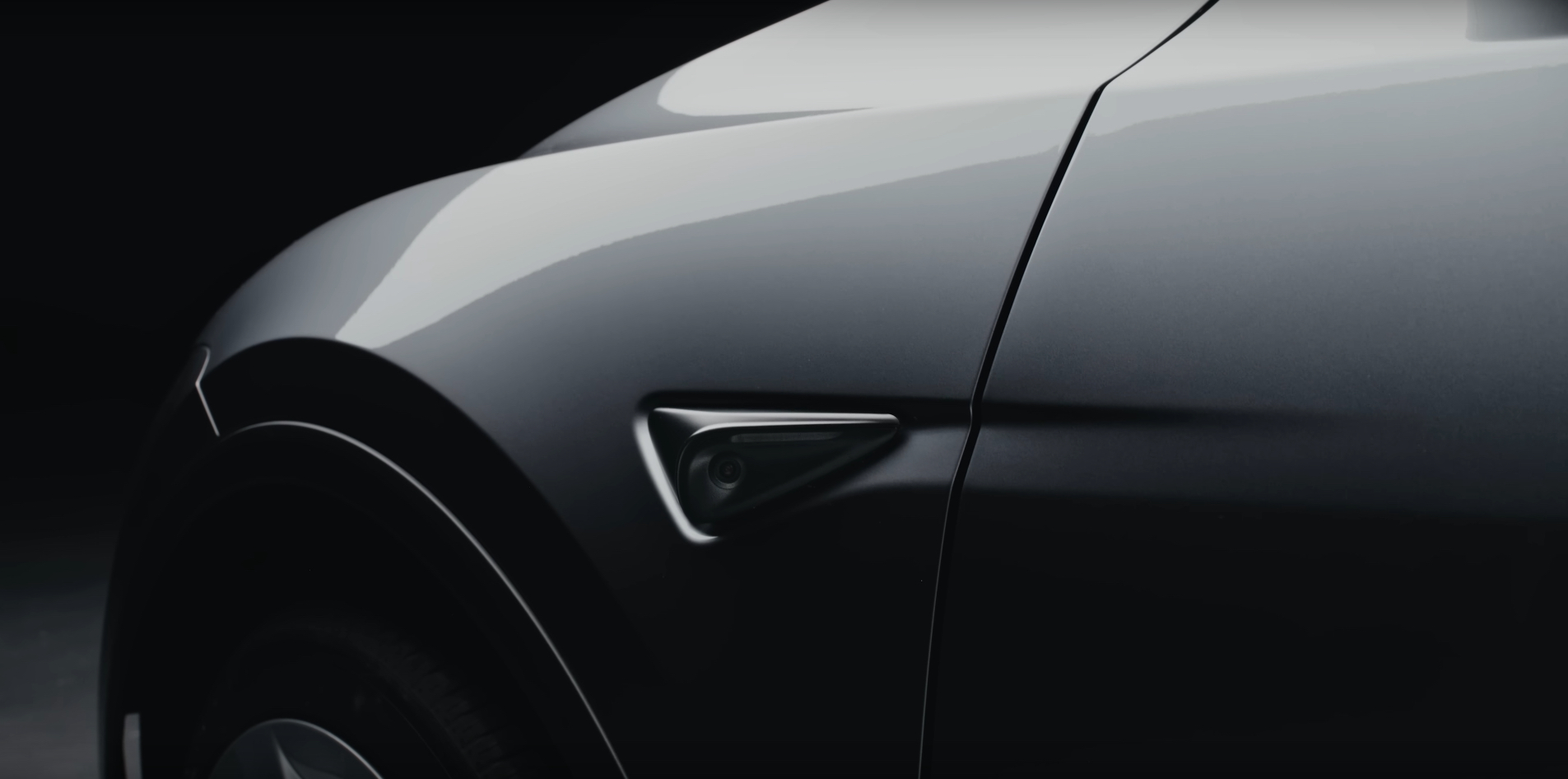
Tesla appears to be making a change to its exterior side repeater cameras, which are used for the company’s Full Self-Driving suite, and other features, like Sentry Mode.
The change appears to be a potential upgrade in preparation for the AI5 suite, which CEO Elon Musk said will be present on a handful of vehicles next year, but will not be widely implemented until 2027.
Currently, Tesla uses a Sony sensor lens with the model number IMX963, a 5-megapixel camera with better dynamic range and low-light performance over the past iteration in Hardware 3 vehicles. Cameras in HW3 cars were only 1.2 megapixels.
However, Tesla is looking to upgrade, it appears, as Tesla hacker greentheonly has spotted a new sensor model in its firmware code, with the model number IMX00N being explicitly mentioned:
Looks like Tesla is changing (upgrading?) cameras in (some?) new cars produced.
Where as HW4 to date used exterior cameras with IMX963, now they (might potentially) have something called IMX00N— green (@greentheonly) December 1, 2025
Sony has not announced any formal specifications for the IMX00N model, and although IMX963 has been used in AI4/HW4 vehicles, it only makes sense that Tesla would prepare to upgrade these external cameras once again in preparation for what it believes to be the second hardware iteration capable of fully autonomous self-driving.
Tesla has maintained that AI4/HW4 vehicles are capable of self-driving operation, but AI5 will likely help the company make significant strides, especially in terms of overall performance and data collection.
Tesla last updated its exterior cameras on its vehicles back in early 2023, as it transitioned to the 5-megapixel IMX963. It also added additional cameras to its vehicles in January with the new Model Y, which featured an additional lens on the front bumper to help with Full Self-Driving.
Tesla’s new self-driving computer (HW4): more cameras, radar, and more
News
Tesla Model Y Standard Full Review: Is it worth the lower price?
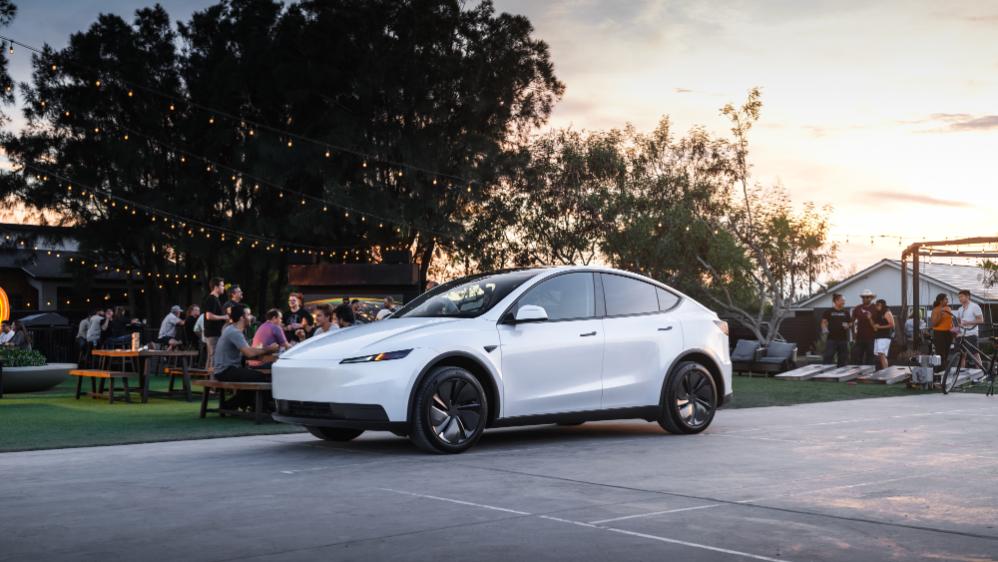
Tesla launched the Model Y Standard as an attempt to offer affordable electric vehicles to consumers now that the $7,500 EV tax credit is gone. We were able to spend four days with the car, and it was more than enough time to determine whether or not the car was worth the $9,000 discount compared to the Premium All-Wheel-Drive configuration, which is what I drive daily.
The Model Y Standard was stripped of some of the features that are present in the Premium trims of the Model Y: no glass roof, a sound system with roughly half the speakers, fewer acoustic-lined glass windows, less storage, and less functionality from an interior standpoint.
However, there are some real advantages to purchasing a Standard Model Y, and there are a handful of situations where this car would be well-suited.
Do I think it is worth the lower price? Well, I’ll get to that later in this article.
Initial Thoughts
In my first impressions review of the Model Y Standard, I talked about the face-value differences between my Model Y Premium and the new, more affordable trim. You will first notice the lack of storage between the front two seats, as the cupholder and additional storage bin sliding doors are void. You still get the cupholders, but they are exposed, which isn’t a huge deal, but it definitely takes away from the sleek look the Premium trim offers.
Additionally, the textile seats replace those of the vegan leather that is available in the upper-level trims. I mentioned previously that I could take or leave the vegan leather for the textile seats, as they are easy to clean, quick drying, and hide oils from your skin much better than leather does.
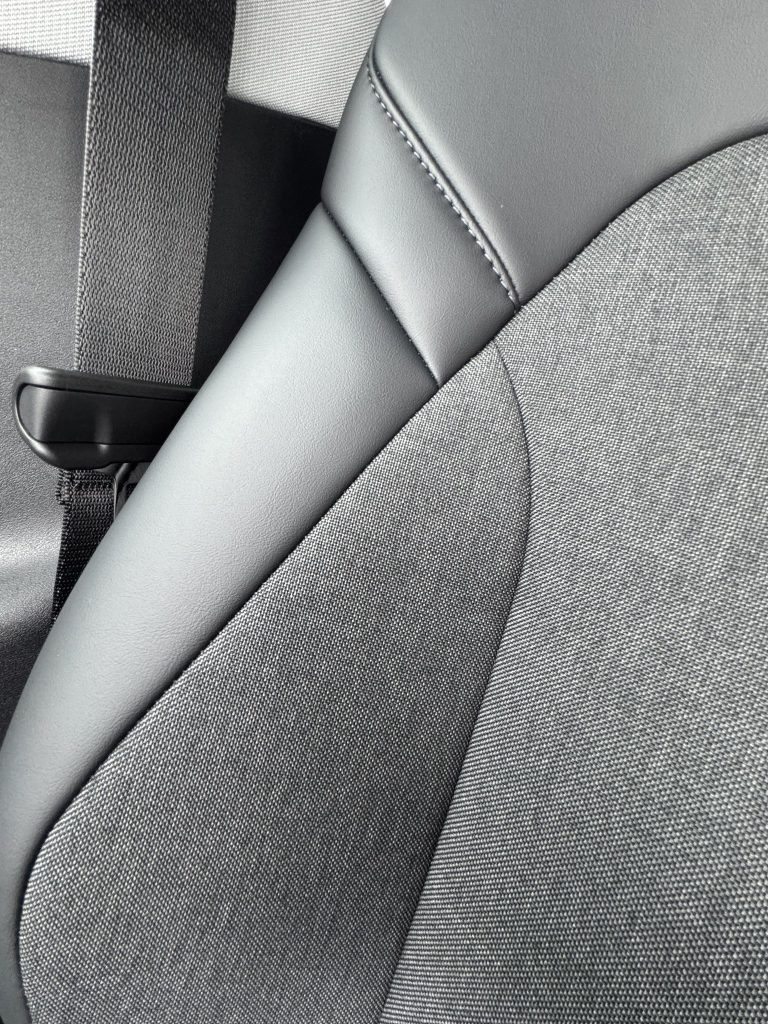
However, there comes one big sacrifice that I have been spoiled by, as the textile seats are not ventilated, so say goodbye to cooling your keister in the Summertime.
The lack of a glass roof is something many owners might not even notice. However, I have been spoiled by the glass roof in my car, and I look out of it every time I’m in my car. It is one of my favorite features, without a doubt. While it would not be a dealbreaker for me, it would be something I would miss terribly.
Things I Noticed After Several Days
Cabin Noise
One of the biggest things I noticed after the first two days in the Model Y Standard is that the cabin is much louder than the Premium. This is because Tesla did not acoustically line all of the glass in the Standard configuration, as it did in the Premium. The side windows are not treated, just the windshields. Therefore, you notice the noise level in the cabin is louder than in the Premium.
If you had not been driving in a Premium trim for a few months, you might not notice it. However, it is something that is a big sacrifice when moving to a different trim level, especially one that is less premium than what you might currently drive.
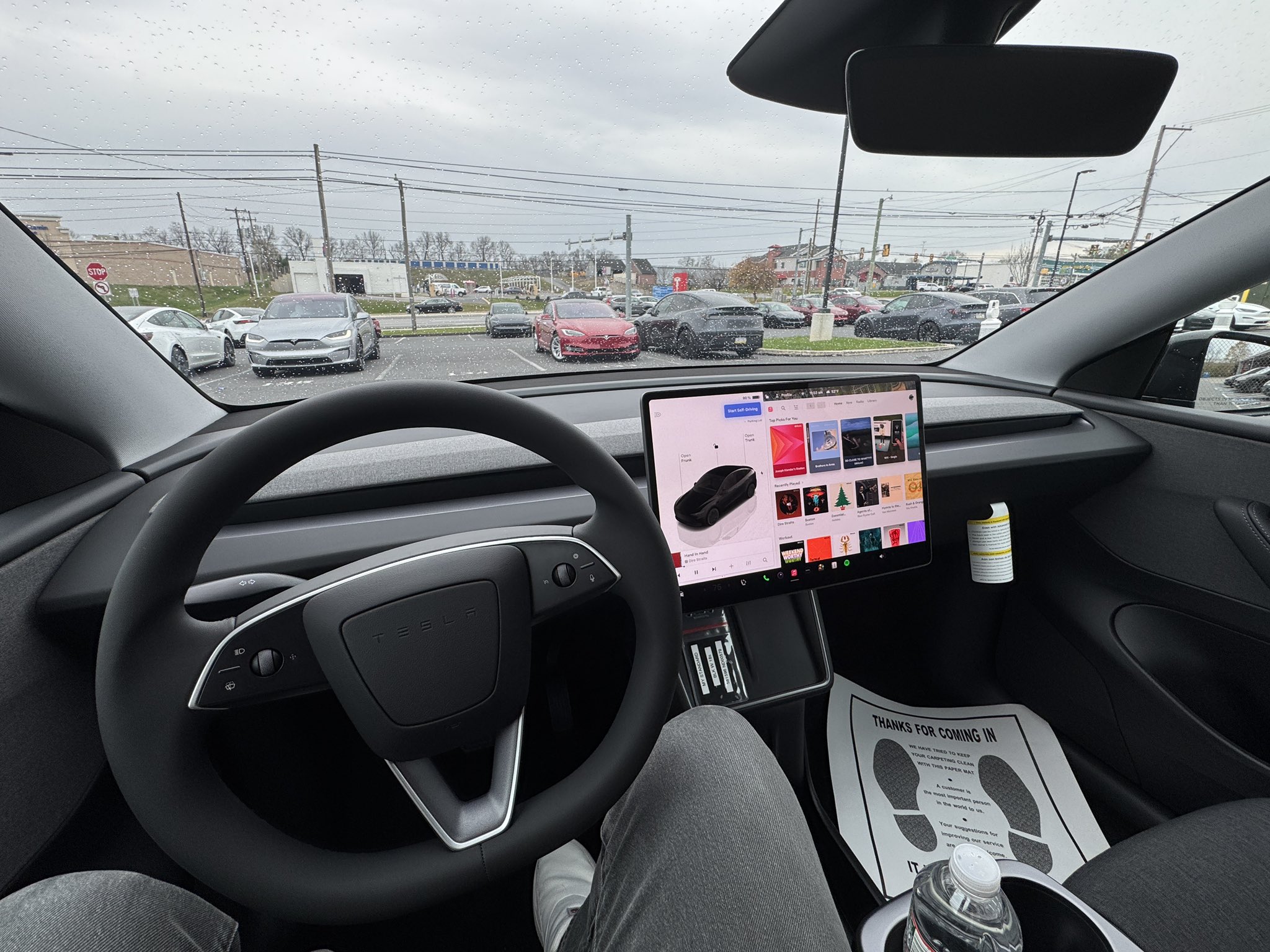
I have always been so shocked at how amazingly quiet the Premium trim’s cabin is; my Model Y is extremely peaceful, even when I’m sitting in bumper-to-bumper traffic, and people have modified mufflers and exhaust systems, tractor-trailers are going by, or crotchrockets are zipping by on the interstate.
This is a huge difference between the two cars, and it is something that is really hard to get used to. I know, first-world problems, right? But when you’re paying between $39,990 and $48,990 for a car, those little things truly do matter.
Stereo System Differences
Another thing I was very aware of was how weak the sound system is. I think if I had bought a Standard Model Y, I would have looked at having the speakers and subwoofers upgraded; I was almost disappointed in how much of a change it was between the two cars.
When I finally picked up my Model Y Premium on Friday (which had been detailed by the awesome team at Tesla Mechanicsburg), the first thing I did was crank up the volume and listen to some music. I really missed having a premium sound system.
Ride Quality
There are virtually no differences between the two cars in terms of ride quality. They are both extremely fun to drive, and the suspension in the Model Y Standard feels perhaps a little bit stiffer than the Premium. Regardless, I didn’t truly notice all that much of a change.
Driving this car around windy roads and tight turns was just as fun as my Model Y Premium. It was a blast to test out, and the slight change in feel was welcome. It’s always fun to drive new cars.
Performance
This is the first EV I’ve ever ridden in where I did not feel that awesome sensation of instant torque. It’s still a quick car, but it is missing that pep in its step that many of us have become accustomed to.
If you want to get someone’s true reaction to EV acceleration, let me just put it this way: This is not the car to do it in.
Some Little-Known Facts About the Model Y Standard
Most of us know that the Model Y Standard has a glass roof, but it is opaque, so even if you took out the headliner, you still would not see out of it. However, there is an interesting little tidbit from a Service perspective that does not make much sense.
If the Model Y glass roof cracks or is broken and needs to be replaced, Service is required to pull off the entire headliner and topside interior to access the glass. It cannot be replaced from the outside. In the Premium, because the glass is exposed, it is a much simpler process to replace the glass. This was an interesting thing I learned.
Additionally, the seat controls are only available on the center screen, which makes it difficult to adjust the seat if you are larger than the person who sat in the car previously. In order to adjust the seat, you’ll have to lean over the chair, access the controls from the screen, and adjust it manually before getting in.
Is the Tesla Model Y Standard Worth the Cheaper Price?
For an additional $9,000 to buy the Model Y Premium AWD, you would get a more capable powertrain, a quieter cabin, better performance, an upgraded interior, more storage, a better sound system, and more luxury features.
To me, the Standard is a car that seems extremely ideal for a teenager’s first vehicle (I got a $1,500 1998 VW Jetta K2 with 200,000 miles when I was 16), or a fleet vehicle. This would be the perfect car for salespeople to use: it does not have all the bells and whistles, it is efficient, and it is just what is needed to drive around to meetings.
For a personal car, it really depends on what you think you need. Admittedly, I’ve been spoiled by the Premium configuration, and personally, I wouldn’t go down to the Standard after owning a Premium trim.
News
Tesla’s new Holiday perk is timed perfectly to make FSD a household name
Tesla AI4 owners get FSD (Supervised) through Christmas, New Year’s Eve and well into the post-holiday travel season.
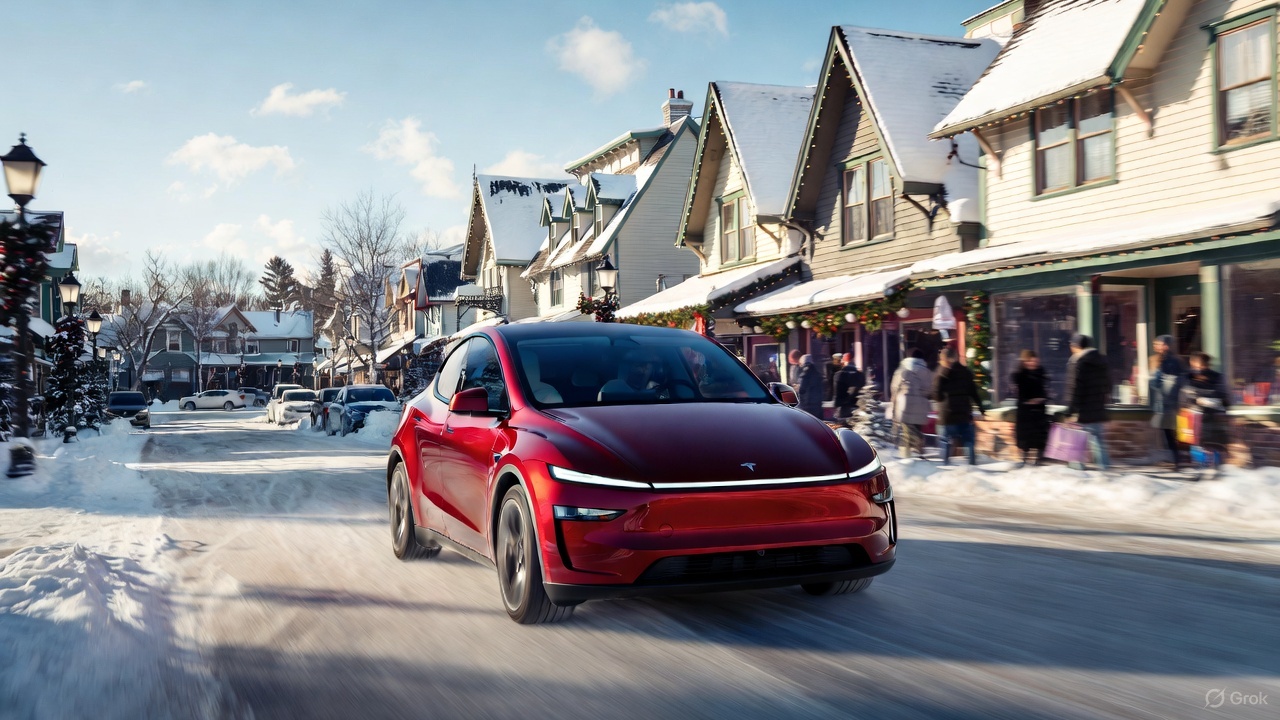
Tesla quietly rolled out a free Full Self-Driving (Supervised) trial for roughly 1.5 million HW4 owners in North America who never bought the package, and the timing could very well be genius.
As it turns out, the trial doesn’t end after 30 days. Instead, it expires January 8, 2026, meaning owners get FSD (Supervised) through Christmas, New Year’s Eve and well into the post-holiday travel season. This extended window positions the feature for maximum word-of-mouth exposure.
A clever holiday gift
Tesla watcher Sawyer Merritt first spotted the detail after multiple owners shared screenshots showing the trial expiring on January 8. He confirmed with affected users that none had active FSD subscriptions before the rollout. He also observed that Tesla never called the promotion a “30-day trial,” as the in-car message simply reads “You’re Getting FSD (Supervised) For the Holidays,” which technically runs until after the new year.
The roughly 40-day period covers peak family travel and gatherings, giving owners ample opportunity to showcase the latest FSD V14’s capabilities on highway trips, crowded parking lots and neighborhood drives. With relatives riding along, hands-off highway driving and automatic lane changes could become instant conversation starters.
Rave reviews for FSD V14 highlight demo potential
FSD has been receiving positive reviews from users as of late. Following the release of FSD v14.2.1, numerous owners praised the update for its smoothness and reliability. Tesla owner @LactoseLunatic called it a “huge leap forward from version 14.1.4,” praising extreme smoothness, snappy lane changes and assertive yet safe behavior that allows relaxed monitoring.
Another Tesla owner, @DevinOlsenn, drove 600 km without disengagements, noting his wife now defaults to FSD for daily use due to its refined feel. Sawyer Merritt also tested FSD V14.2.1 in snow on unplowed New Hampshire roads, and the system stayed extra cautious without hesitation. Longtime FSD tester Chuck Cook highlighted improved sign recognition in school zones, showing better dynamic awareness. These reports of fewer interventions and a more “sentient” drive could turn family passengers into advocates, fueling subscriptions come January.
